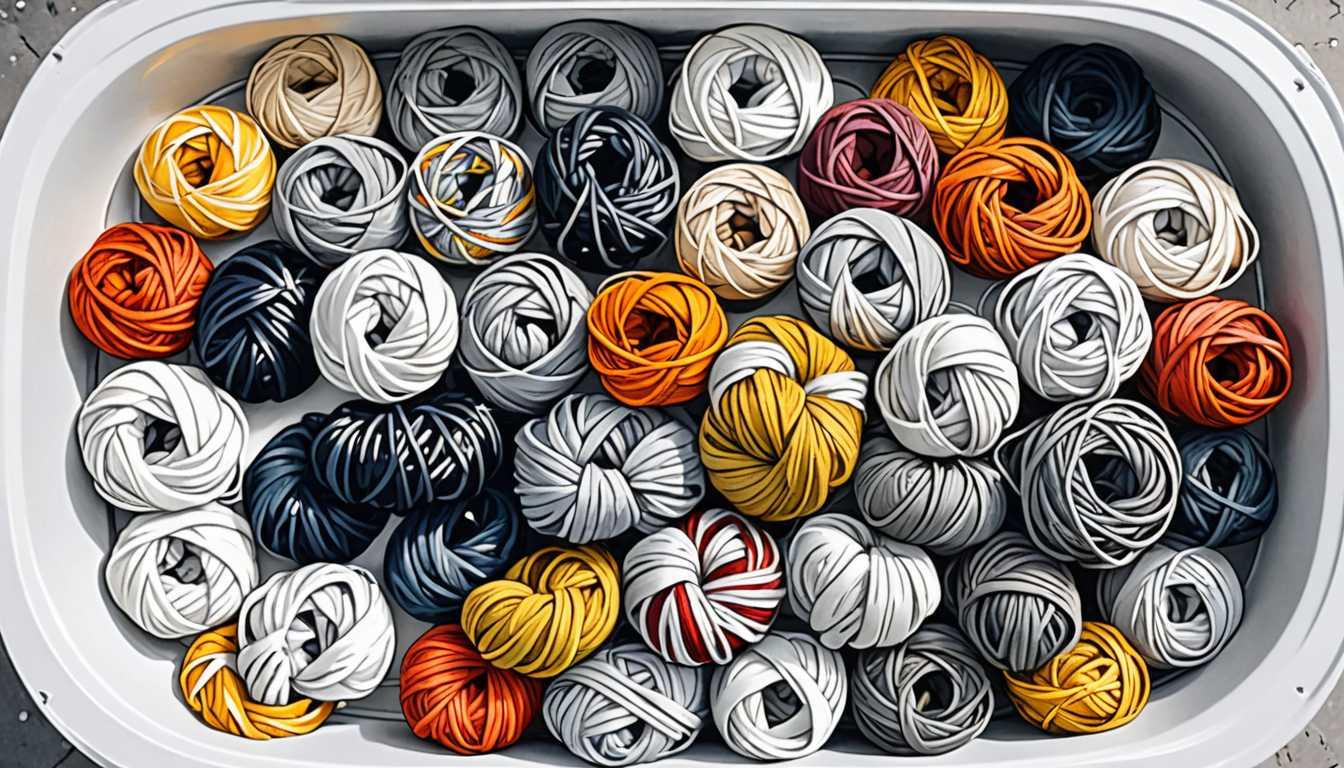Turning E-Waste into Gold for Sustainability
January 2025
Cornell News Highlights
Introduction
Hey there, future environmental champions! Did you know that your old electronics could be hiding a treasure trove of gold? A team at Cornell has figured out how to extract gold from e-waste and use it to turn carbon dioxide into useful chemicals. This eco-friendly process not only helps recycle waste but also tackles climate change—talk about a double win! Dive into this fascinating article from Cornell News Highlights and discover how your trash can become treasure!
READ FULL ARTICLEWhy It Matters
Discover how this topic shapes your world and future
Digging for Gold in E-Waste and Sustainability
Have you ever thought about where all the electronics we use end up? With around 50 million tons of e-waste generated each year, only a fraction gets recycled. This is a huge concern because our discarded gadgets contain valuable materials like gold. A recent breakthrough by a research team at Cornell University has found a way to extract gold from old electronics and turn it into a catalyst that can help reduce carbon dioxide (CO2) emissions. Why does this matter? Not only does it help tackle the growing e-waste problem, but it also offers a sustainable way to convert CO2, a greenhouse gas, into useful materials. This means we can protect our environment while finding innovative uses for waste—making it a win-win situation! Plus, understanding and engaging with these scientific advancements can inspire you to think critically about sustainability and innovation in your own life.
Speak like a Scholar
E-waste
Electronic waste that includes discarded electronics like phones, computers, and other gadgets that can no longer be used or sold.
Catalyst
A substance that speeds up a chemical reaction without being consumed in the process. In this case, gold acts as a catalyst to convert CO2 into useful materials.
Covalent Organic Frameworks (COFs)
Unique materials made up of organic molecules that can trap other substances inside their porous structure. These frameworks can be used for various applications, including environmental clean-up.
Chemical Adsorption
The process where particles stick to a surface. This technique is used to capture gold from e-waste without harmful chemicals.
Environmental Sustainability
The responsible use of resources to ensure that future generations can meet their needs without harming the planet.
Carboxylation
A chemical process where CO2 is converted into organic compounds, which can be used to create valuable products.
Independent Research Ideas
The Impact of E-Waste on Global Economies
Investigate how different countries manage e-waste and the economic implications of recycling versus disposal. You'll uncover how policies and technologies can shape economic growth and environmental health.
Innovative Materials in Environmental Science
Explore other types of covalent organic frameworks and their potential applications in capturing pollutants or storing energy, leading to a deeper understanding of how materials science can address environmental challenges.
Sustainable Practices in Technology Production
Research how tech companies can implement sustainable practices in manufacturing and product design to reduce e-waste and promote recycling. This will help you think about the future of technology and its environmental responsibilities.
Comparative Study of Gold Recovery Methods
Analyze traditional methods of gold recovery from e-waste versus the new methods being developed. This could reveal important insights into environmental safety, efficiency, and cost.
The Role of Young Innovators in Sustainable Technology
Investigate how young inventors and entrepreneurs are contributing to sustainability in tech. This could inspire you to think about your own potential impact in the tech world and the importance of eco-friendly solutions.
Related Articles

Soda Cans: The Future of Clean Fuel!
July 2024
MIT News

The Hidden Gases of Climate Change Explained
September 2024
MIT Technology Review

Fungi Feast on Stubborn Plastic
April 2023
Phys Org

Silk Yarn: Nature’s Way to Clean Water
November 2024
Cornell News Highlights

Turning Toxic Water Safe: A Simple Science Win
August 2022
University of California